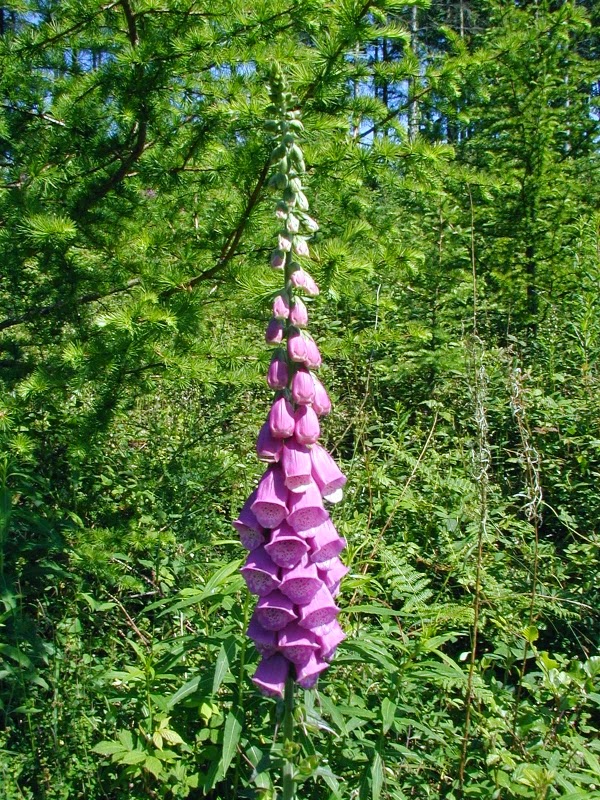What is nicer than standing in a garden filled with flowers and the sound of buzzing bees? Add in some other pollinating insects and a few butterflies and you are on the way to a well balanced eco system. If your garden is filled with flowers but is strangely silent there is a simple reason. You are growing the wrong plants! There may be other factors but garden centers and catalogs are filled with brightly colored showy flowers which are no use for pollinating insects. Many have no pollen or fancy tight shapes (eg double flowers) that nothing can get inside. This is particularly true of bumblebees, and without pollinators or "real" plants we run the risk of losing vital crops as we rely on these creatures to do this. In the last fifty years the UK has lost 95% of its flower meadows but there are a lot of gardens, so it is up to garden owners to help out.
Here is a list of the garden villains which do no good. How many do you have?
. Begonia
. Busy Lizzie - Impatiens
. Geranium - Pelargonium
. Hydrangea
. Livingstone daisy - Mesembryanthemum
. Pansy
. Petunia
. Polyanthus
. Scarlet salvia / Salvia splendens
Most of these have been bred to look impressive to humans and of course nobody wants their garden filled with weeds or insignificant "wild" plants. However there are a lot of plants that look just as pretty but which will soon have the garden buzzing again. Here are photos of four of them:
APRIL: A beautiful, sweetly scented bluebell. In April the bee's nest is growing and the young need plenty of food. This is a plant that looks best in profusion and needs to be planted under trees but not in deep shade.
MAY: Foxgloves are a tall, stately flower that is very easy to grow and will help the bees as the year goes towards summer.
Here is a list of a few more:
. Berberis
. Bluebell
. Broom
. Bugle
. Comfrey
. Crocus
. Dicentra
. Flowering currant
. Hellebore
. Lungwort
. Mahonia
. Muscari
. Pieris
. Pussy willow
. Rosemary
. Skimmia
. Viburnum
. Winter heather
All early plants that are around as I write this. Too late to plant them now, but when you are planning what to plant for next spring do spare a thought for the pollinators who make it possible for most things to grow.
Of course, not all varieties of these plants attract anything other than people. A good catalog, website or garden center ought to have some symbols that show if a plant is good for nature. The yellow RHS "Perfect For Pollinators" is one to look out for.
Next time it is back to the crafts!




No comments:
Post a Comment